Best fast-growing trees: 10 trees to bring superfast impact in your yard
By planting the top fast-growing trees you can quickly add structure, interest and much-needed privacy to your plot
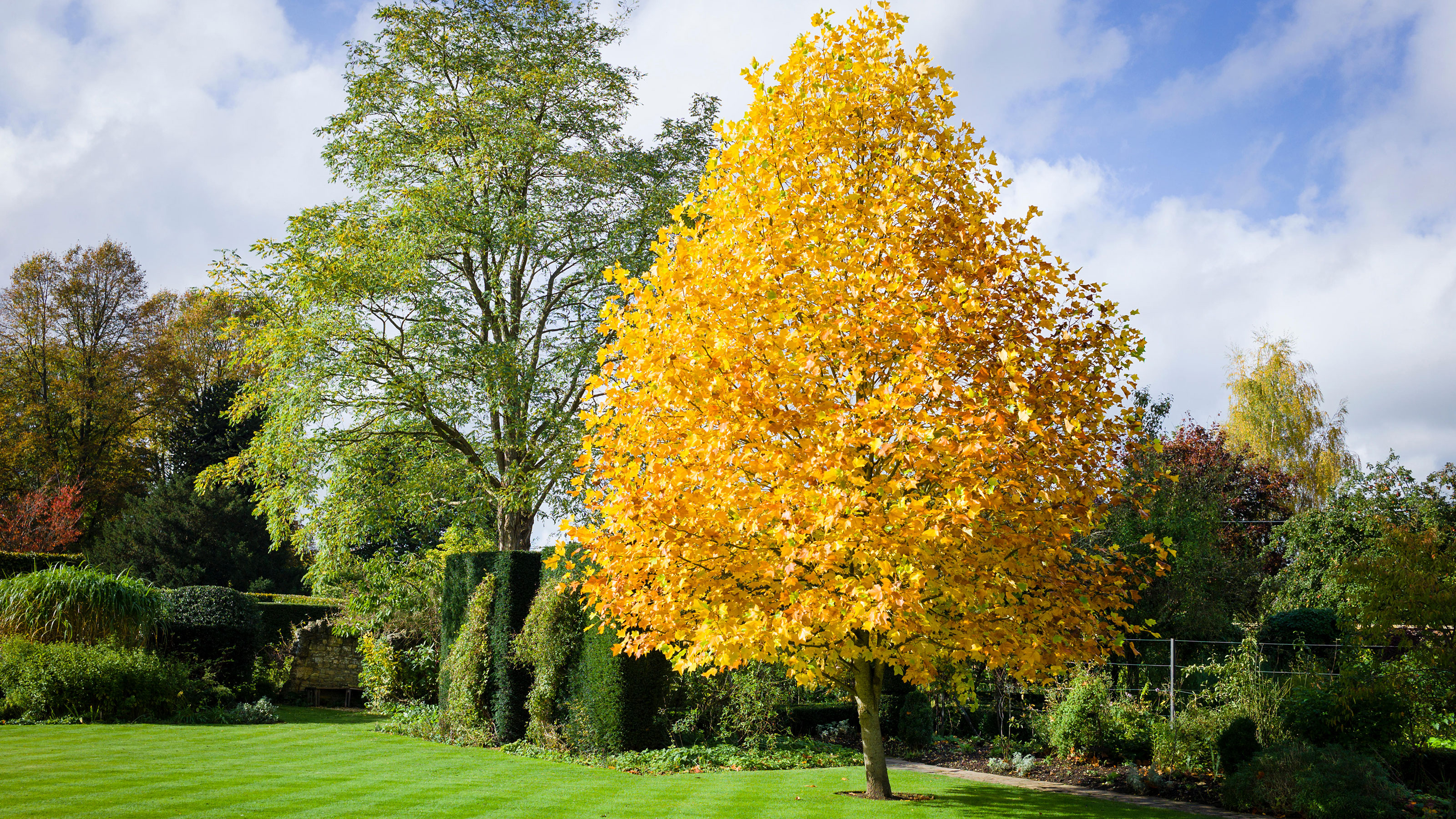

Looking for fast-growing trees to fill your empty yard quickly? Need a tree that will take off like a rocket? Want to make your garden seem mature in no time at all? Does your yard need something with real presence – like, yesterday? The good news is there are plenty of options to solve your tree dilemmas.
There are evergreen trees that are galloping into growth almost as soon as you have planted them, and there are deciduous trees whose youthful maturity comes in almost an instant.
But here’s the thing. These express evergreens and deciduous foliage flyers will not stop growing just because you ask them nicely. They will keep getting taller and taller, way beyond the 10 years for which I have given the height in the below selections. So it is vital to choose the right tree and plant it in the right place – right tree, right place.
A fast-growing tree in the wrong place too often means a tree that you’re tempted to prune from the top of a wobbling stepladder. Think about it: just as your tree is getting too tall for the space you gave it, it is becoming too tall to prune without hiring an expert. And, anyway, pruning may ruin its shape.
So I repeat my mantra: right tree, right place. Certainly, plant one of these fast-growing trees, but always plant the right one in the right situation.
Create instant impact with these 10 fast-growing trees
Choosing fast-growing trees is about more than planting a racer that will grow 3ft, 4ft or 5ft a year. Consider its shape as well as its height. Think about how much shade it will cast, on your neighbors’ gardens as well as your own. Even if you choose one of the best backyard trees, will its roots suck moisture from your flower garden? Will its roots get into your foundations or block up your drains? Where are the overhead utility lines? And remember, trees grow faster in favorable climates.
With all that in mind, we've rounded up some of the best options so you can find the right fast-growing tree to suit your location and size of plot.
1. Red Maple (Acer Rubrum)
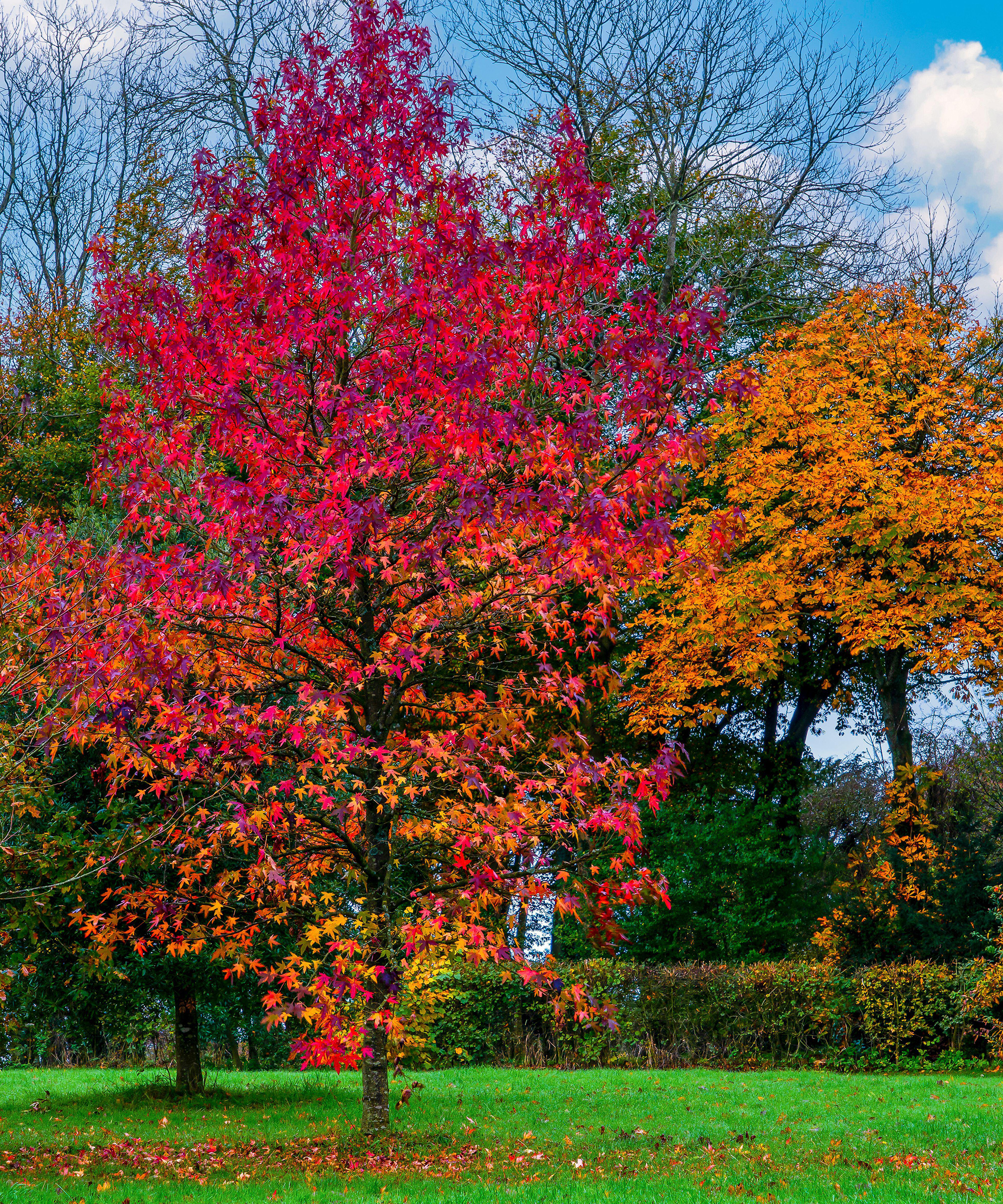
- Hardiness: USDA 4-9 (UK H6)
- Rate of growth: 12-24in (30-60cm) per year
- Height after 10 years: 20-25ft (6-7.5m)
- Spread after 10 years: 15-20ft (4.5-6m)
This familiar American native develops into an impressive specimen, eventually broadening its canopy. With foliage like that on the Canadian flag, it's a wonderful example of a tree with red leaves as the foliage turns dazzling scarlet in fall. The leaves can be slow to rot down and are best seen set against the sky.
It produces the best leaf color and best growth in neutral or acid soil types and is also happy in wet conditions. It's shallow-rooted, so tolerant and drought-resistant underplanting may be needed when choosing your landscaping around trees for this variety.
2. River Birch (Betula Nigra)
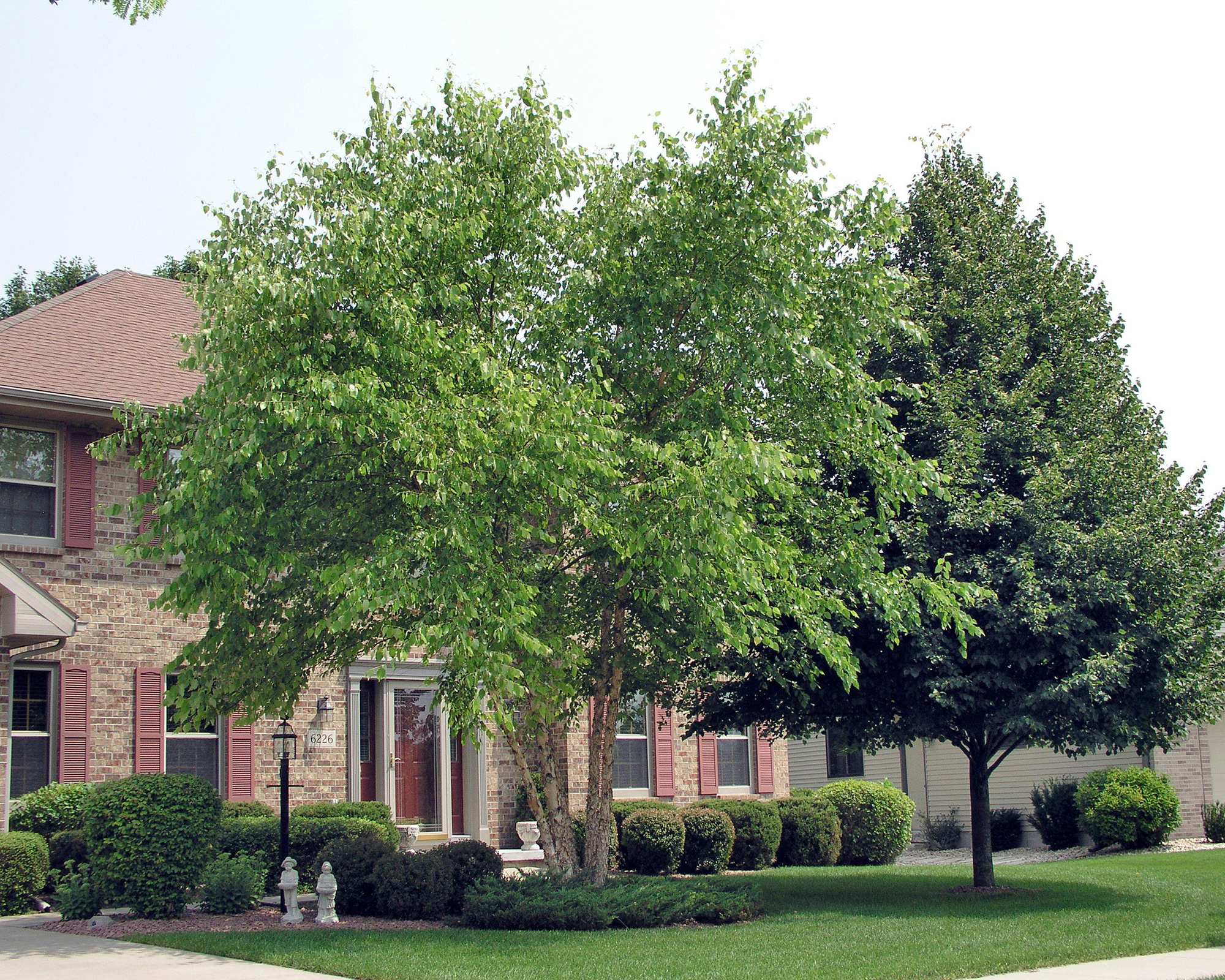
- Hardiness: USDA 4-9 (UK H7)
- Rate of growth: 12-30in (30-75cm) per year
- Height after ten years: 20-30ft (6-9m)
- Spread after ten years: 15-20ft (14.5-6m)
An attractive native tree developing colorful reddish brown bark with pinkish tinges that darkens with age. Use it as a tree for front yards and it will give you plenty of curb appeal. There are yellow catkins in spring, and diamond-shaped leaves that turn buttery in the fall. Look for the variety Heritage (‘Cully’), with additional creamy tints to its bark.
This is one of the best fast-growing trees for wet ground, but it will also tolerate drier, but not parched, conditions. It's not suitable for limey soil types.
3. Leyland Cypress (Xcuprocyparis Leylandii)
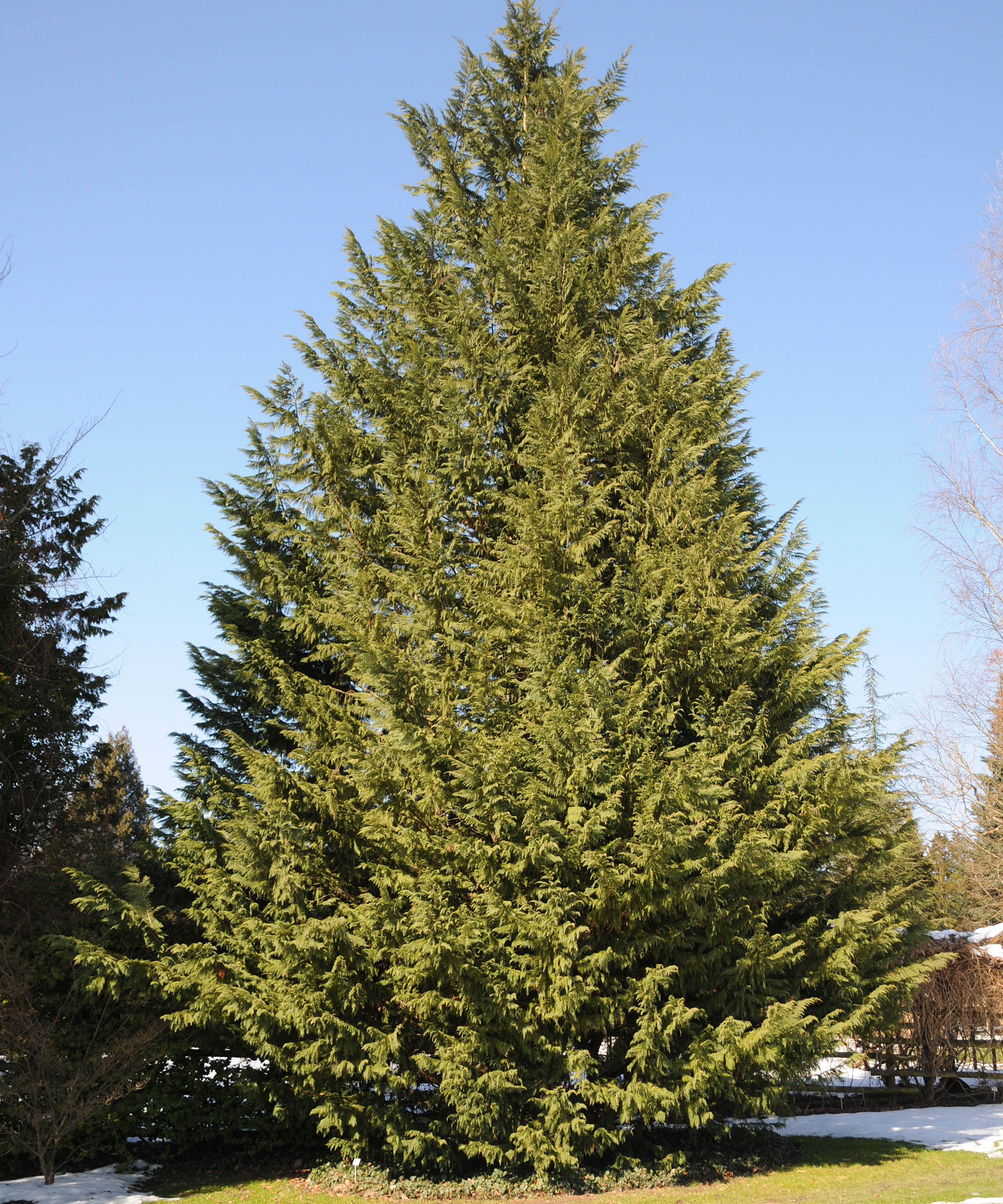
- Hardiness: USDA 6-10 (UK H6)
- Rate of growth: 3-4ft (90cm-1.2m) per year
- Height after 10 years: 25-35ft (3m)
- Spread after 10 years: 12-18ft (1m)
If you're looking for one of the best trees for privacy to help screen your plot, this is a very fast-growing hybrid evergreen, making a dense column of flat, rather fern-like green, sometimes slightly grayish, sprays. Developing into a stately specimen, and good where a tall garden screening is needed, it can grow 3ft (90cm) a year even on poor soil. ‘Castlewellan’ has golden yellow sprays.
This tree tolerates most soils and situations, but cannot be restricted in size except by regular clipping as older branches fail to regrow when pruned.
4. Cider gum (Eucalyptus Gunnii)
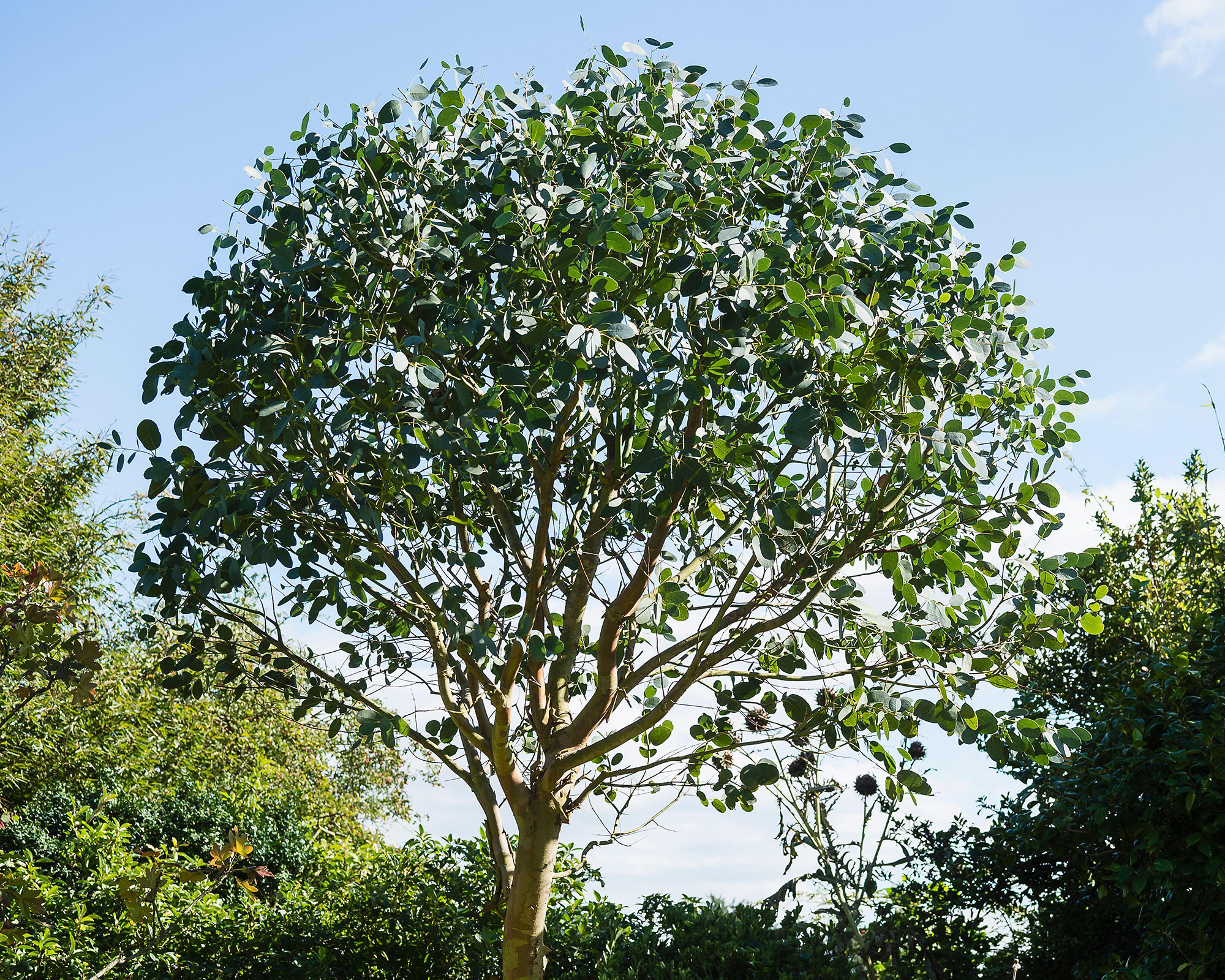
- Hardiness: USDA 8-10 (UK H5)
- Rate of growth: 3-5ft (90cm-1.5m) per year
- Height after 10 years: 50-65ft (15-20m)
- Spread after 10 years: 30-40ft (9-12m)
The striking, silver-grey, rounded foliage of young trees gives way to sage-green, sickle-shaped leaves as the trees mature. Develops a distinctive, slightly irregular, shape as it matures and also features attractive greyish green bark that peels prettily.
One of the hardiest of all eucalyptus, and happiest in limy conditions. Grows away best after planting when started as a small plant and very drought tolerant when established.
5. Tulip Poplar (Liriodendron Tulipifera)
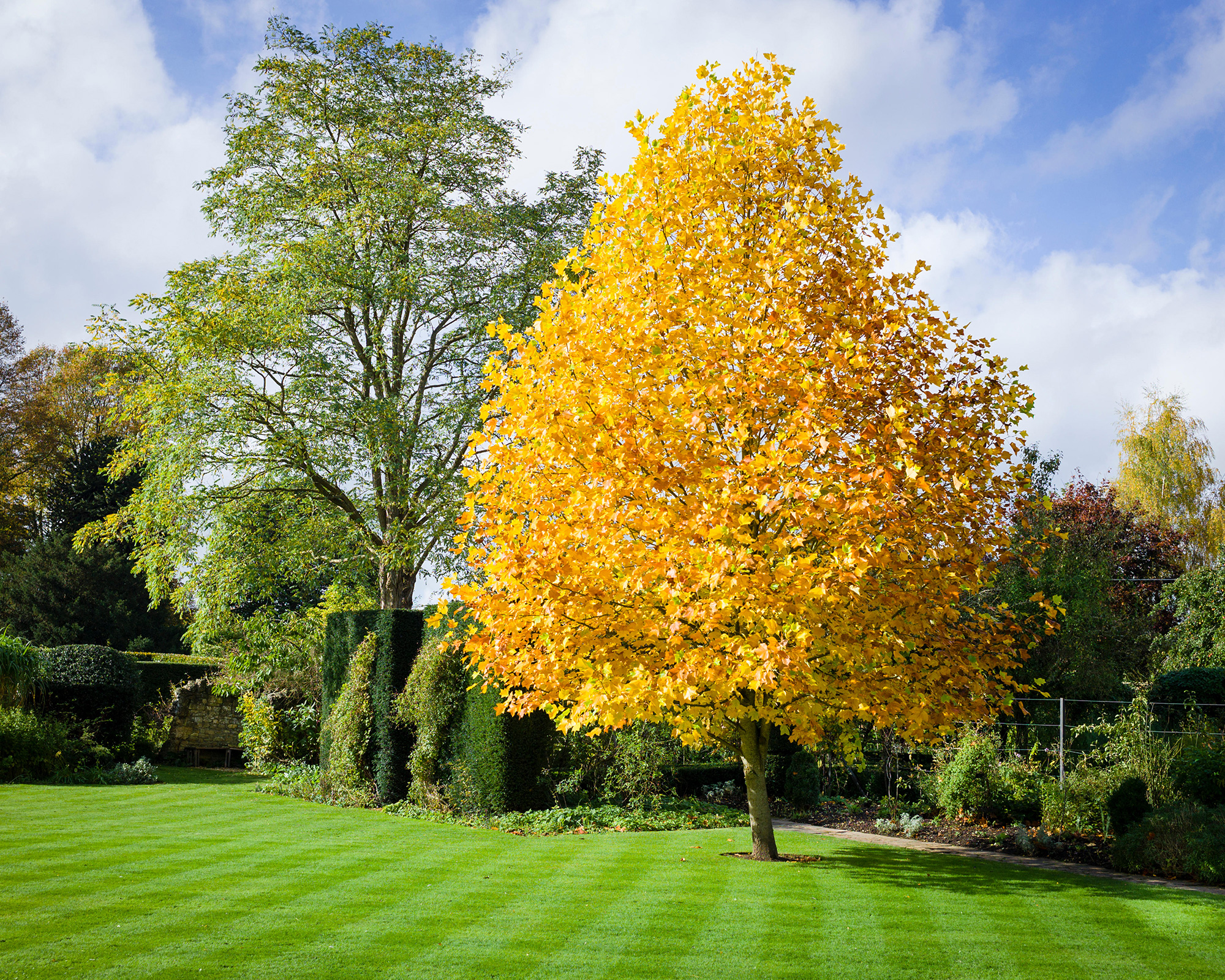
- Hardiness: USDA 4-9 (UK H6)
- Rate of growth: 2-4ft (60cm-1.2m) per year
- Height after 10 years: 30-40ft (9-12m)
- Spread after 10 years: 15-20ft (4.5-6m)
Native to Eastern states, this very vigorous tree can reach 50ft (15m) in 15 years, partly because it grows well right through the summer. The unusual, four-pointed leaves turn buttery in fall after the yellow and orange tulip-shaped summer flowers. ‘Fastigiatum’ is as tall, but narrower in shape.
Happy in most good soils, unlike many trees it loses its lower branches so casts less shade than expected by letting in light from the side.
6. American Sycamore (Platanus Occidentalis)
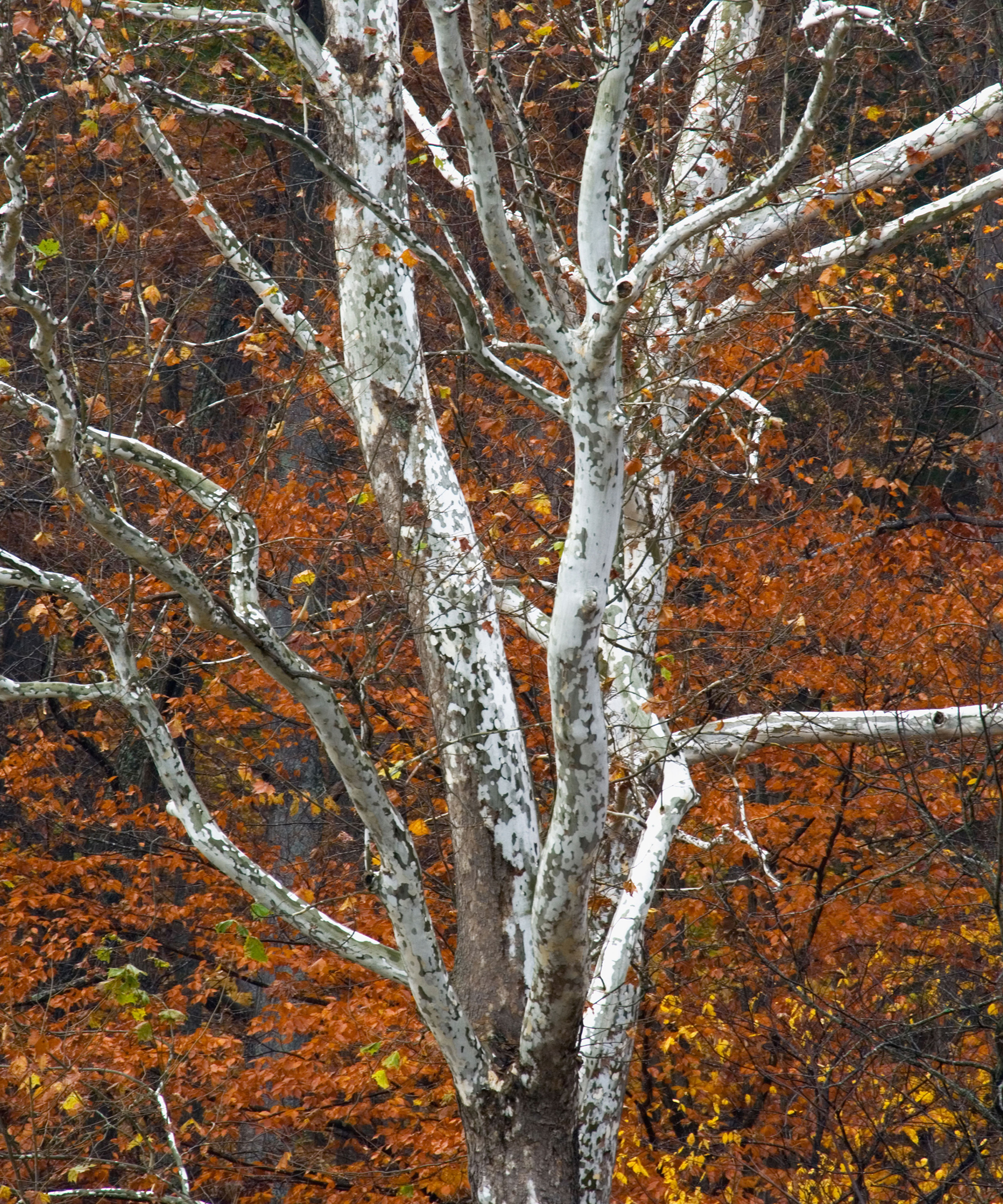
- Hardiness: USDA 4-9 (UK H6)
- Rate of growth: 2-4ft (60cm-1.2m) per year
- Height after 10 years: 30-40ft (9-12m)
- Spread after 10 years: 25-30ft (7.5-9.0m)
Makes an elegant, very striking, broad-headed tree whose bold, grey and white and even orange patterned bark will stand out in your landscaping ideas and with white-tipped shoots that shine against a blue sky. Has maple-like leaves and cherry-sized brown fruits. May mature at 120ft (35m) and spread as wide.
This tree will thrives from Canada to Florida, and from New York to Texas and is happy in most soils, including wet conditions.
7. Hybrid or Caroline Poplar (Populus X Canadensis)
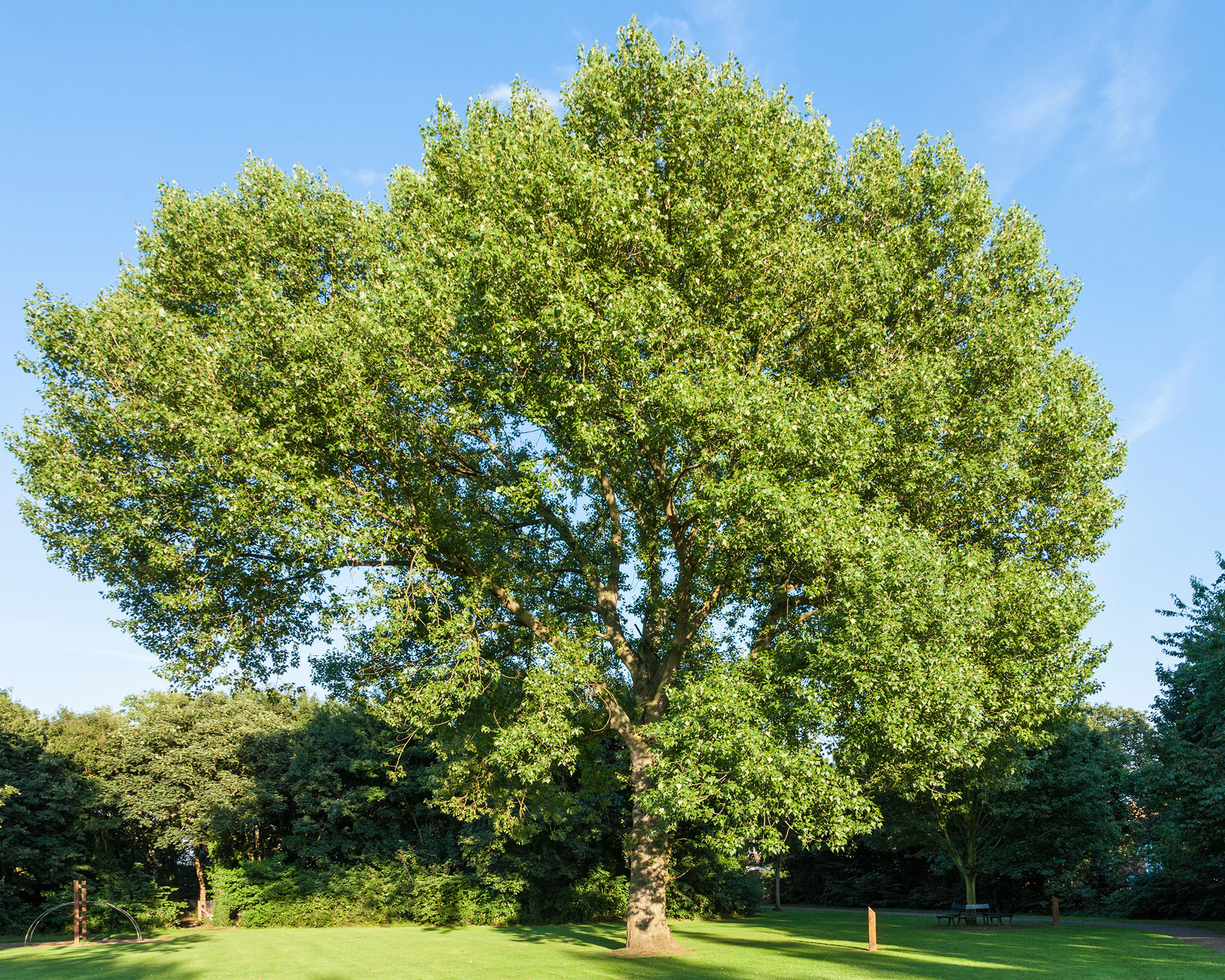
- Hardiness: USDA 4-9 (UK H7)
- Rate of growth: 20-40in (50cm-1m) per year
- Height after 10 years: 40-55ft (12-16m)
- Spread after 10 years: 16-23ft (5-7m)
A rather variable hybrid, but very quickly developing into a specimen with a tall straight trunk and oval or narrow crown with silvery leaves.
Happy in most soils and situations, and good for stabilizing a sloping garden. More disease resistant than other poplars. Look for 'cottonless cottonwood', without the woolly fluff that many cottonwoods produce with their seeds. ‘Robusta’ is broader in growth, ‘Serotina’ has attractive catkins.
8. Weeping Willow (Salix Babylonica)
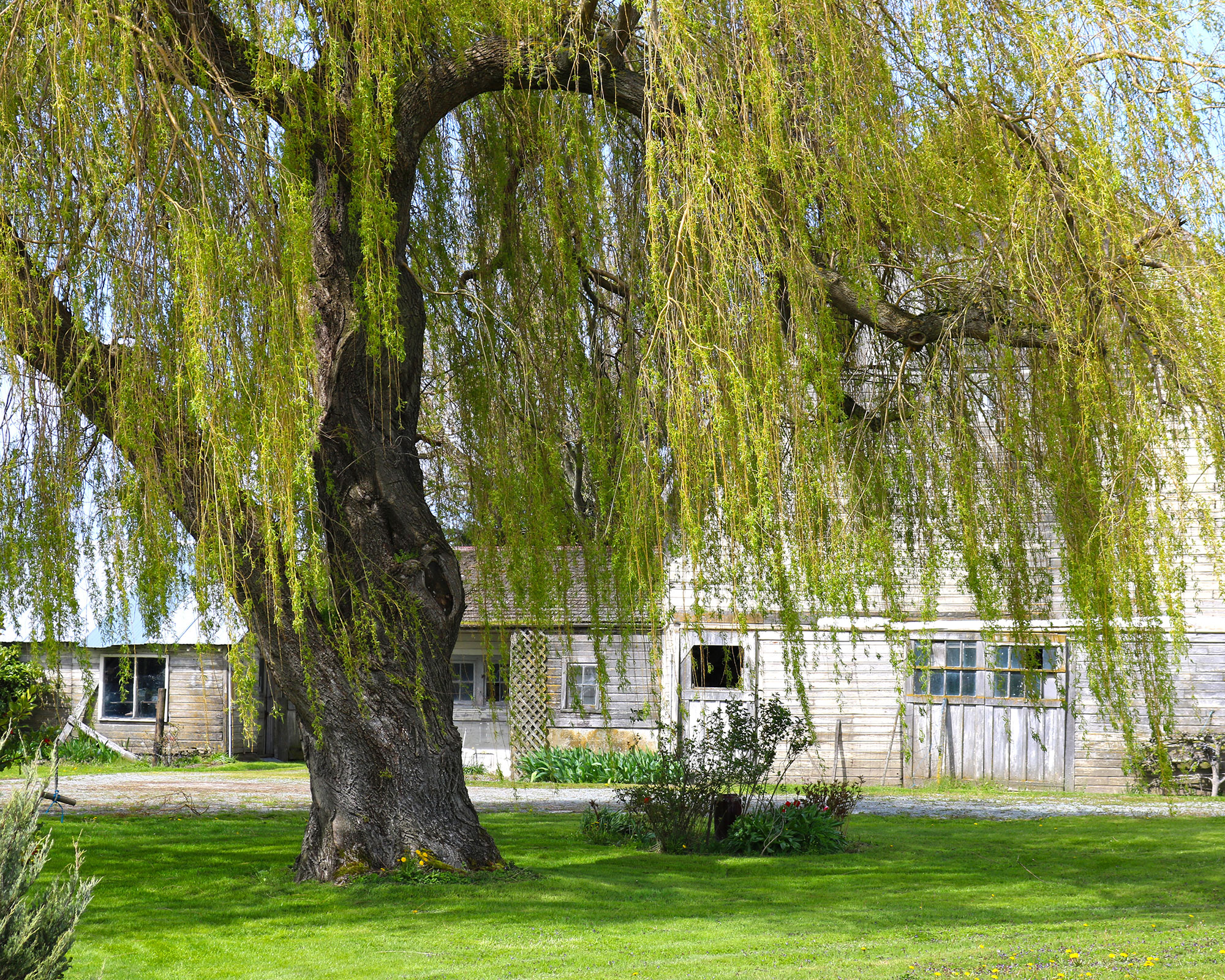
- Hardiness: USDA 6-8 (UK H5)
- Rate of growth: 6-8ft (1.8-2.4m) per year
- Height after 10 years: 35-50ft (10-15m)
- Spread after 10 years: 30-45ft (9-4m)
Develops attractive weeping growth and looks less distinctive, but more natural, than the English weeping willow with its dramatically trailing yellow branches that sweep the ground. It has brown shoots and slender green leaves that are bluish beneath and gold in the fall. Grows at an impressive rate but is not long-lived.
It can be a low maintenance tree as it's happy in any situation that is not dry, and good by water. It is also disease resistant.
9. Swamp Cypress (Taxodium Distichum)
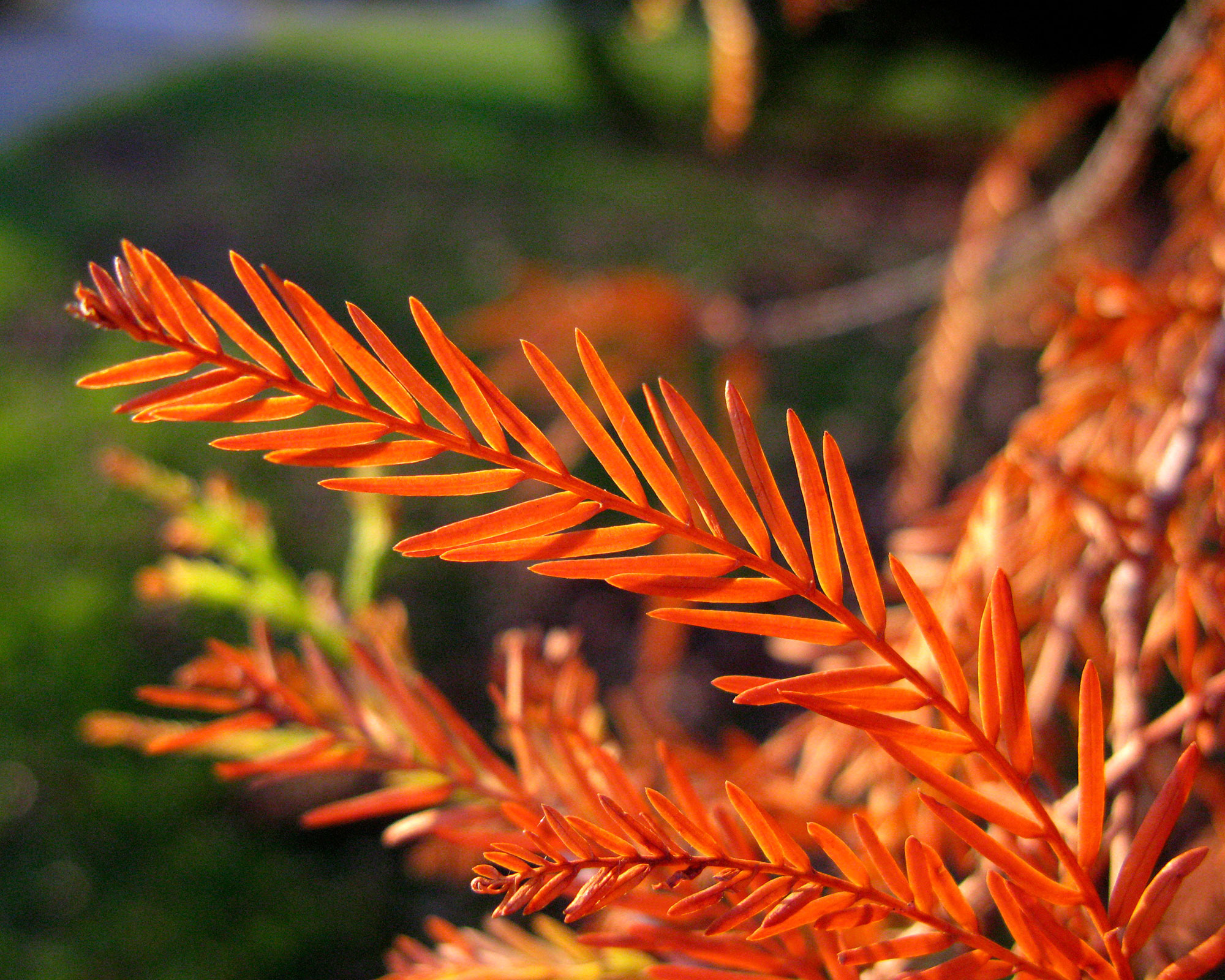
- Hardiness: USDA 4-10 (UK H7)
- Rate of growth: 2-3ft (60-90cm) per year
- Height after 10 years: 16-23ft (5-7m)
- Spread after 10 years: 6-10ft (2-3m)
This Florida native is a classic Everglades tree that is surprisingly hardy farther north. One of the few deciduous conifers, its fibrous, reddish-brown trunk develops striking buttresses, the finely toothed foliage turning an attractive russet, orange or yellow in fall.
Insists on damp or wet soil, where it makes an impressive specimen. When growing in or near standing water, such as in a bog garden, it produces short vertical growths, known as 'knees', from its roots so care is needed when mowing.
10. 'Green Giant' Arborvitae (Thuja 'Green Giant')
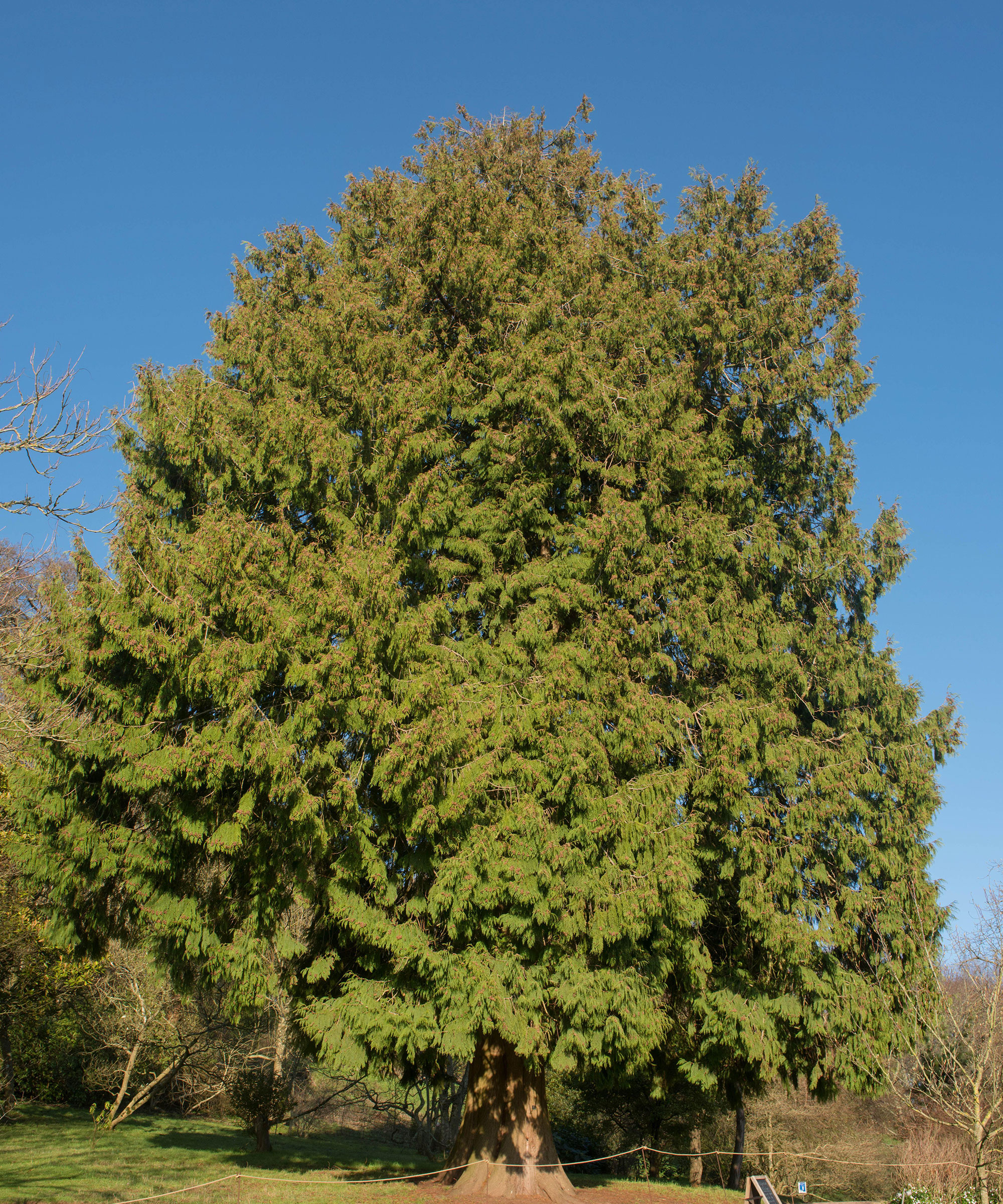
- Hardiness: USDA 5-8 (UK H6)
- Rate of growth: 3-5ft (90cm-1.5m) per year
- Height after 10 years: 18-20ft (5.5-6m)
- Spread after 10 years: 7-8ft (2-2.4m)
This narrowly conical, rich green evergreen has foliage that becomes slightly bronzed in winter. It makes a slender, but not unnatural looking, plant and looks good both as a specimen or also as a tall boundary screen or plant for fence lines.
Easy-to-grow and very adaptable, drought and wind tolerant when established and pest and disease resistant. Especially useful in northern zones as the branches can support a surprising weight of ice or snow without collapsing.
Which are the fastest native trees for my yard?
In the south-west of the US, try evergreen drought tolerant Arizona Cypress (Cupressus arizonica), with its bluish foliage. In Florida and the south east of the US go for the elegant deciduous Swamp Cypress (Taxodium distichum) or the evergreen Southern Magnolia tree (Magnolia grandiflora).
In colder zones of the US, consider Red Maple (Acer rubrum) or Sugar Maple (Acer saccharum), with their scarlet fall leaf color, the moisture-loving River Birch (Betula nigra) and the majestic Tulip Poplar (Liriodendron tulipifera). For an evergreen fast-growing tree, think about White pine (Pinus strobus).
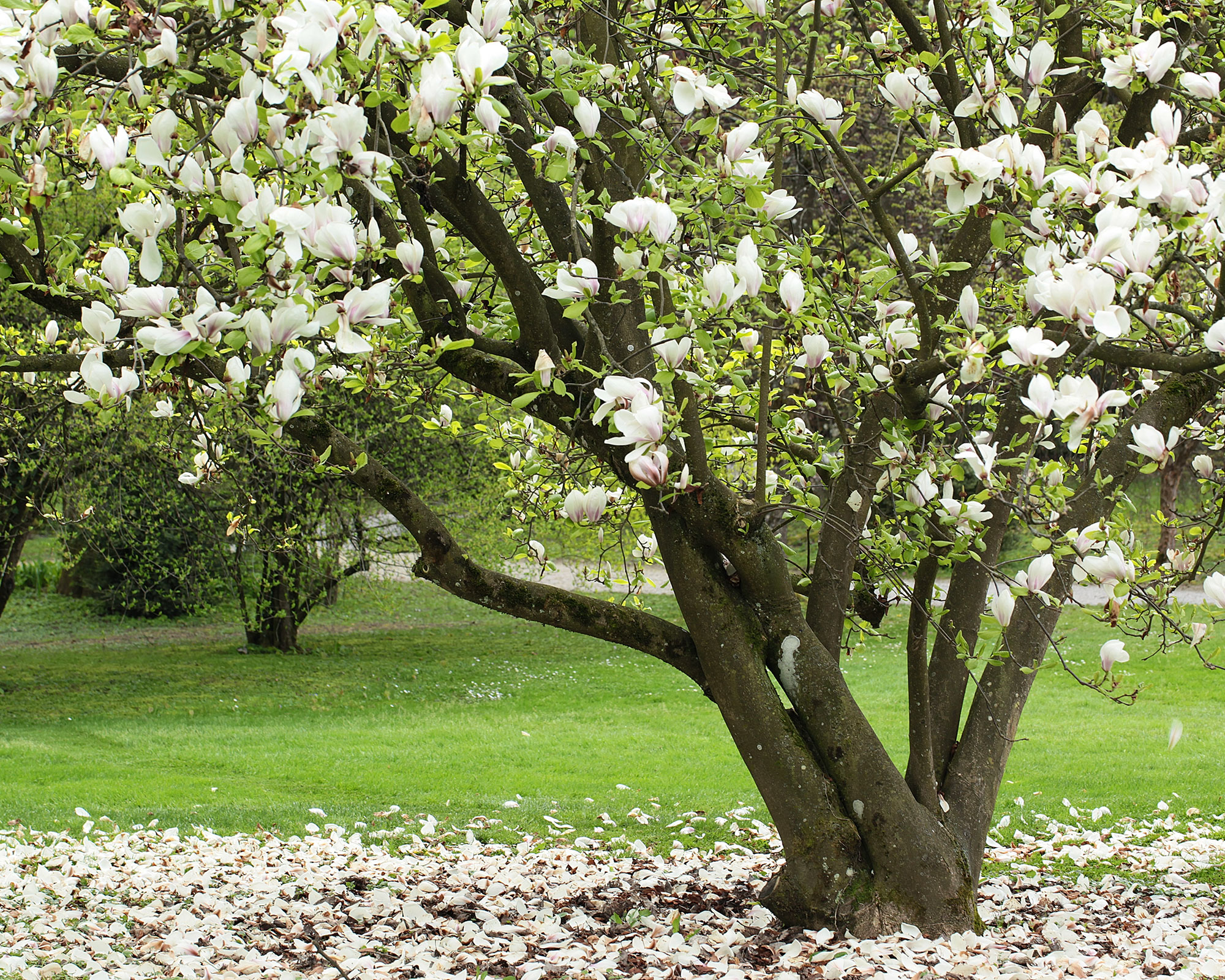
Do I need to fertilize and irrigate my tree to make sure it grows fast?
Fast-growing trees are naturally fast and will grow quickly as long as they have the conditions they enjoy. For example, moisture-loving trees will not grow well in dry places but will race away in damp conditions. But it pays not to rely on them being quick and skip proper preparation.
So prepare the planting site thoroughly, amend with garden compost or soil conditioner, ensure that your new tree is well supported and water in well after planting. Finally, mulching with bark is advised.
It pays to irrigate in dry spells during the first year or two, until your tree is well established, and you can fertilize with Holly-tone as growth starts in spring but this is not usually necessary.
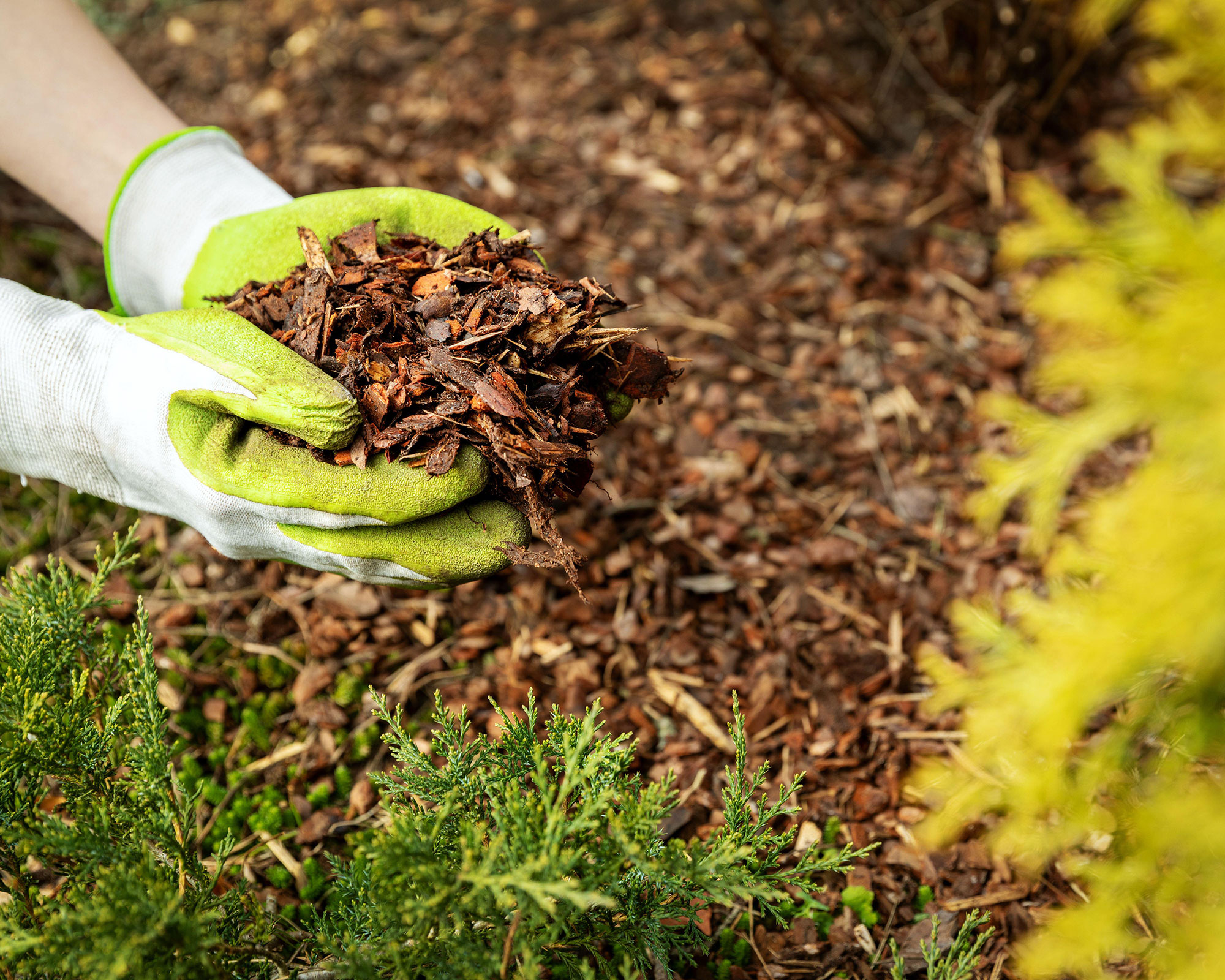
When will my tree slow down its growth?
This is the other side of planting fast-growing trees. It will make an impressive specimen quickly, but once it has reached a good size it will keep growing and growing. This is why the 'right tree, right place' rule is so important.
It is true, probably fortunately, that fast-growing trees tend to grow a little slower as they mature. It is as if the same amount of growth is spread across more shoots. So while a Leyland Cypress may grow 3-4ft (90cm-1.2m) in its youth, it will slow down to half that rate in its later years. Having said that, the tallest Leyland cypress in the world measured 130ft (40m) in 2015 – and is still growing.

Graham Rice is a garden writer who has won awards for his work online, and in books and magazines, on both sides of the Atlantic. He is a member of a number of Royal Horticultural Society committees and the recipient of the 2021 Garden Media Guild Lifetime Achievement Award.
